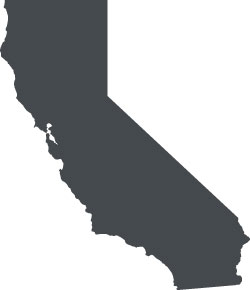
Basin prioritization is a technical process that uses the best available data and information to classify California’s 515 groundwater basins into one of four priority categories: high, medium, low, or very low. The most recent basin prioritization was completed in December 2019.
The process of prioritizing basins is based on eight components identified in the California Water Code Section 10933(b). Each basin’s priority determines which provisions of California Statewide Groundwater Elevation Monitoring (CASGEM) and the Sustainable Groundwater Management Act (SGMA) apply to it.
The SGMA requires medium- and high-priority basins to develop groundwater sustainability agencies (GSAs), develop groundwater sustainability plans (GSPs), and manage groundwater for long-term sustainability.
In the SGMA 2019 Basin Prioritization, 94 basins and/or sub-basins were identified as medium or high priority. These 94 basins, when combined with adjudicated areas that have existing governance and oversight in place, account for 98 percent of the pumping (20 million acre-feet), 83 percent of the population (25 million California residents), and 88 percent of all irrigated acres (6.7 million acres) within the state’s groundwater basins.
The California Department of Water Resources (DWR) was first directed to prioritize basins as part of the Groundwater Monitoring legislation enacted in the state’s 2009 Comprehensive Water Package. Past prioritizations were conducted in 2014 and 2015.
This article appeared in the February 2020 issue of Journal of Nutrient Management on pages 6 and 7.
Not a subscriber? Click to get the print magazine.




